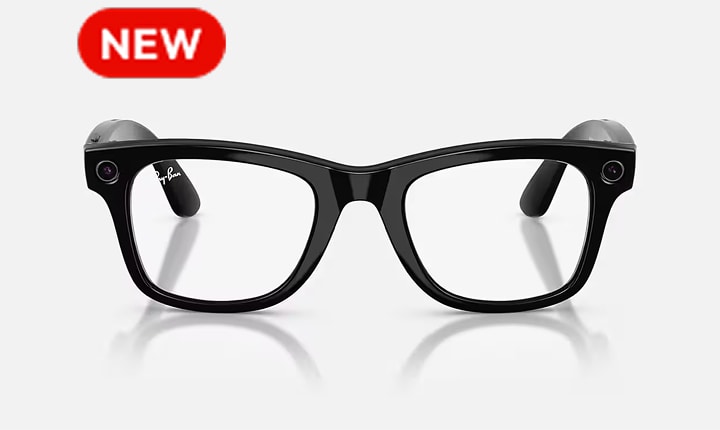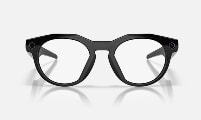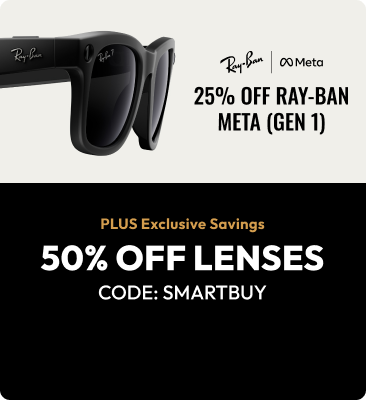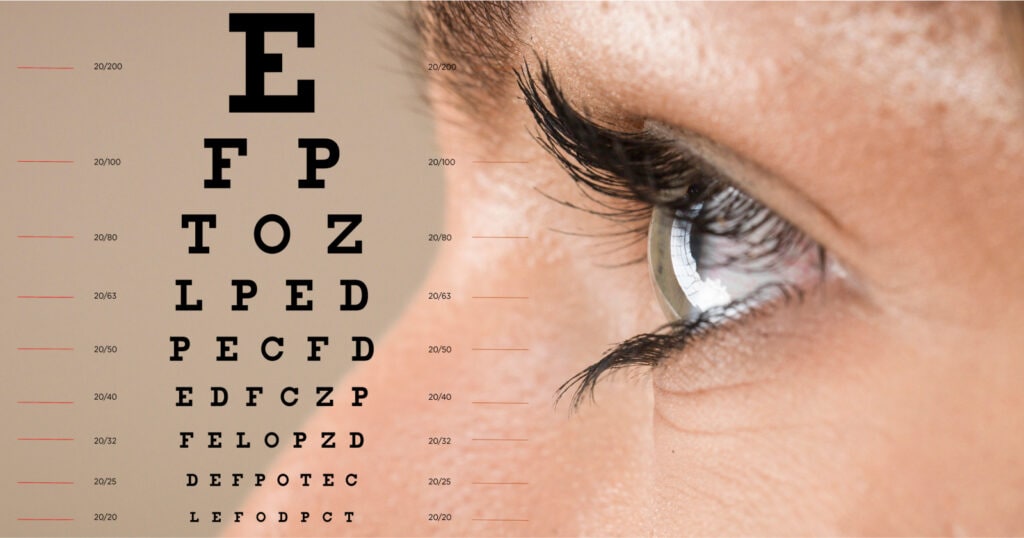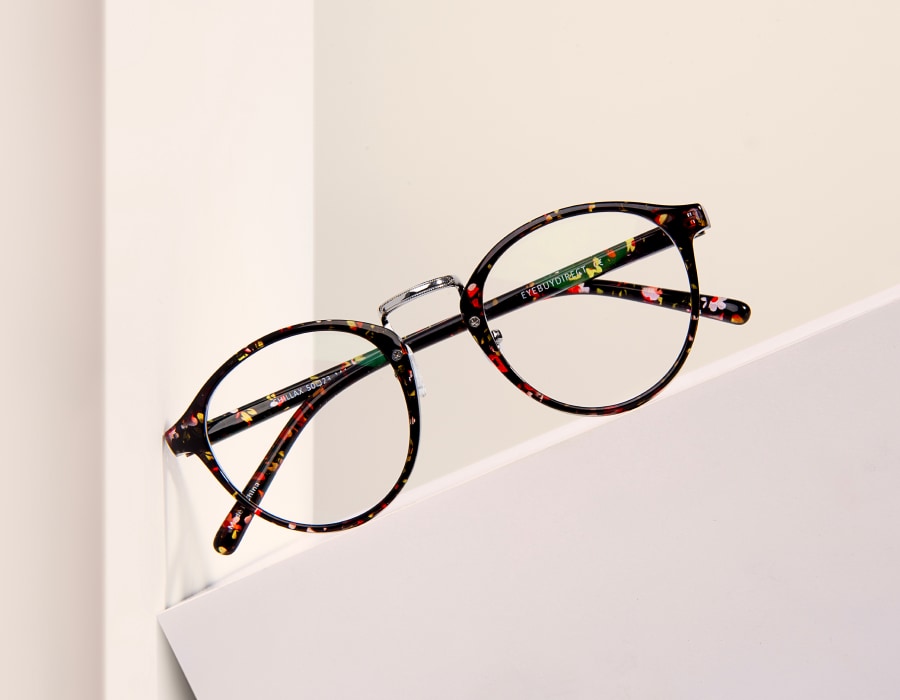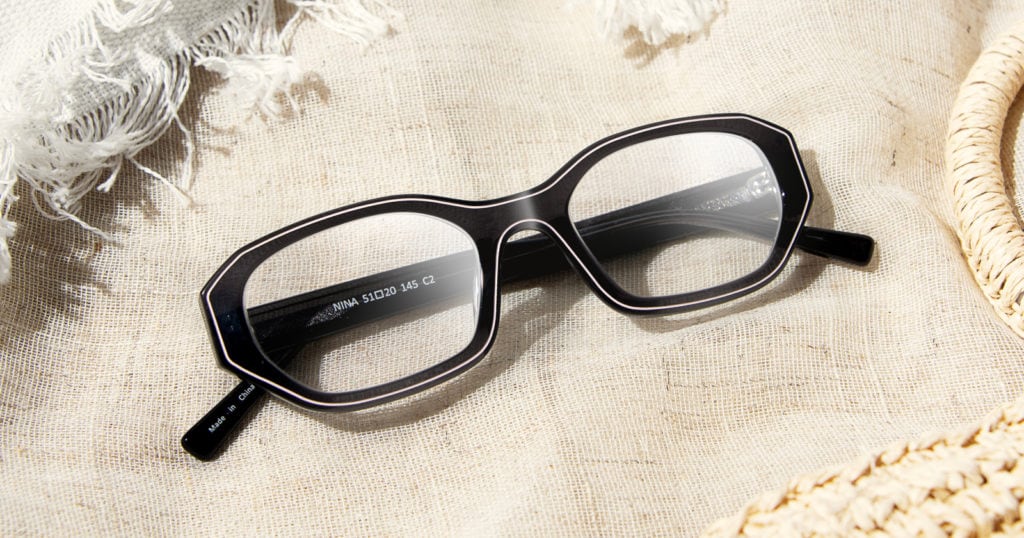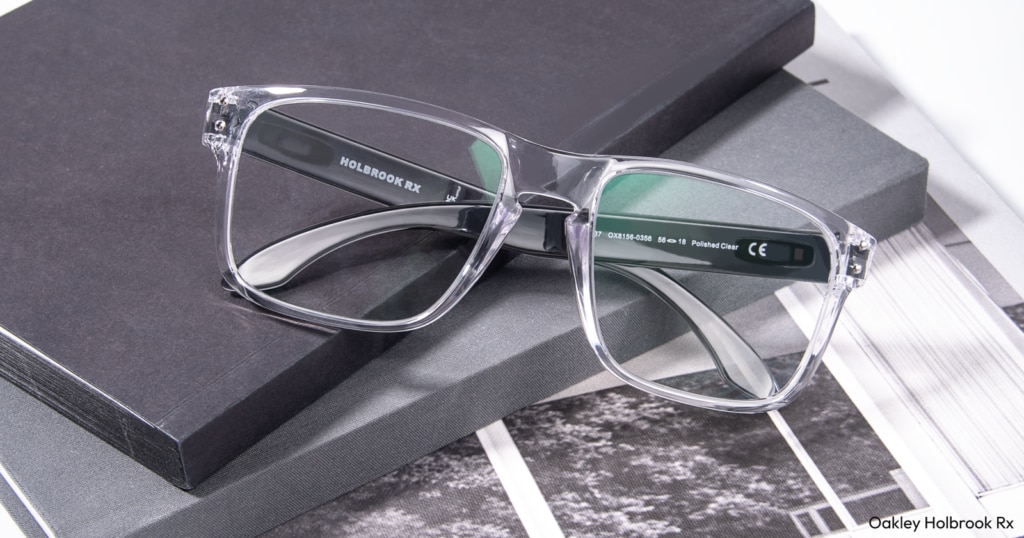Prism glasses, also referred to as prism lenses, are specialized glasses designed to alter how light enters the eyes. They fix visual misalignments. This happens when the eyes don’t work well together. It can cause double vision, eye strain, headaches, and trouble concentrating.
By using prisms to bend light before it reaches the eyes, prism glasses realign vision, making sight clearer and more comfortable. This change helps people with vision problems. It makes tasks like reading and driving easier. Every pair of prism glasses is made to fit the wearer’s needs. This personalization reduces symptoms and creates a more natural way to see.

Introduction to Prism Glasses
Prism glasses and regular prescription glasses both improve vision, but they work in different ways. Regular glasses fix problems like nearsightedness, farsightedness, and astigmatism. They help focus light on the retina, giving you clear vision. Prism glasses help with misaligned eyes. This misalignment can lead to double vision and eye strain. The prisms shift the position of images to help the eyes align better, relieving discomfort caused by misaligned vision.
Regular glasses fix general vision issues. However, prism glasses target alignment problems. They show how important custom optical solutions are for better visual comfort and clarity.
How Prism Glasses Work
Prism glasses support those with double vision, called diplopia. They work by bending light before it hits the eye. This adjustment is crucial for individuals whose eyes do not naturally focus together, a condition frequently caused by strabismus or convergence insufficiency.
Prism Orientation
The orientation of prisms in the lenses plays a pivotal role in their functionality. Prisms can be oriented up, down, in, or out—each direction addressing different eye alignment issues. For instance, an upward prism can fix vertical misalignment. Meanwhile, an inward prism deals with horizontal problems. An eye doctor determines the optimal arrangement based on the wearer’s specific needs.
Prism Glasses for Double Vision
Prism glasses are particularly beneficial for individuals with double vision, as they enable both eyes to perceive the same image, resulting in clearer, more unified vision. This is especially helpful for people with strabismus, where the eyes don’t align well. It also benefits those with convergence insufficiency, which makes it hard to focus on things that are close. By facilitating clearer and more comfortable vision, prism glasses simplify daily tasks.

Who Needs Prism Glasses
Prism glasses address specific vision challenges, proving beneficial for individuals with double vision or other issues related to eye coordination. They refract light before it enters the eyes to create a single, clear image.
Let’s examine some eye and health conditions that might warrant this type of eyewear.
Eye Conditions
Prism glasses can be effective for addressing certain eye conditions that impact alignment. Commonly treated conditions include:
- Strabismus – Known as “crossed eyes,” this occurs when the eyes fail to align correctly. Prism glasses enhance alignment.
- Convergence insufficiency – In this condition, eyes struggle to focus together on nearby objects. Prism glasses facilitate easier focusing.
- Refractive errors – Although not a primary solution, prism glasses can assist with some complex vision problems.
Neurological Conditions
Prism glasses can also benefit individuals facing vision challenges due to neurological conditions:
- Stroke – After a stroke, vision may be disrupted. Prism glasses help realign vision and improve daily life activities.
- Head injury – Brain injuries can lead to vision issues. Prism glasses can help correct these as recovery progresses.
- Multiple sclerosis (MS) – MS can cause double vision by affecting ocular nerves. Prism glasses can manage these symptoms effectively.
Types of Prism Glasses
Prism glasses are available in different types to meet specific needs. They differ based on how the prism is incorporated into the lens and the duration of use they’re intended for.
Fresnel Prisms
These are thin, flexible prisms that attach to existing lenses, making them ideal for temporary or changing vision requirements. Fresnel prisms are lightweight and customizable.
Ground-In Prisms
These prisms are integrated into the lens itself and are suited for long-term use. They are more visually appealing and less noticeable than Fresnel prisms.
Prism glasses offer a viable solution for various vision issues, including eye alignment and neurological challenges. Understanding the different types and their applications aids in selecting the right pair. Whether addressing short-term or long-term vision problems, prism glasses provide the clarity and comfort necessary for improved sight.
Understanding Your Prism Glasses Prescription
Deciphering a prism glasses prescription may initially seem daunting, but it is simpler than expected. Your prescription provides detailed guidance on what your eyes require to achieve better vision. Let’s break it down.
How to Read a Prism Glasses Prescription
Your prescription will include terms like “prism diopters” and “base orientation,” which are essential for understanding your glasses.
- Prism diopters – This measures the prism correction required. It shows how much light needs to bend for correct vision alignment. A higher number signifies a need for greater correction.
- Base orientation – This denotes the position of the prism, with terms like “base up,” “base down,” “base in” or “base out” helping merge your eyes’ images into a single clear view.
Advantages and Drawbacks of Prism Glasses
Prism glasses benefit individuals with conditions such as double vision or eye misalignment by aligning their eyes, reducing strain and enhancing clarity, thus making activities like reading or driving more comfortable.
However, prism glasses are not suitable for everyone. If the problem doesn’t relate to eye alignment, they might not be effective. Inaccurate prescriptions can also lead to discomfort. Always consult an eye care specialist to assess if prism glasses are appropriate for you.
Prism glasses are vital in vision correction. Understanding the components of your prescription, such as prism diopters and base orientation, helps illustrate how these glasses function for you. Always discuss with your eye care provider to ensure your prescription is tailored to your requirements.
Choosing Frames for Prism Glasses
Selecting appropriate frames for prism glasses is crucial for both functionality and style. Prism lenses require specific frame designs to fit well and optimize vision correction. Here are some helpful tips for choosing frames compatible with prism lenses.
Tips for Choosing Frames
When selecting frames for prism glasses, it’s important to prioritize both support and comfort to ensure they stay properly aligned and feel good throughout the day.
- Account for lens thickness – Prism lenses are often thicker, so choose frames sturdy enough to support them.
- Choose lightweight materials – Acetate or titanium frames provide strength without added weight.
- Focus on comfort – Look for adjustable nose pads and flexible temples to help keep the glasses securely in place.
- Ensure a proper fit – A good frame fits well. It makes glasses comfortable to wear and helps the lenses work properly.
Style Tips
With prism glasses, you don’t have to sacrifice style for functionality. Many frame designs can complement your personal taste. Choose frames that match your face shape and skin tone. Bold colors and unique patterns can add personality to your eyewear.
Your glasses reflect your personal style, so select frames that boost your confidence and express who you are. At Eyebuydirect, we offer an extensive range of frames to suit various styles, helping you find the perfect match for your prism lenses.
Vision Therapy Benefits
Using vision therapy with prism glasses can fix visual misalignment. This combo also boosts long-term eye coordination and function.
- Improves eye coordination – Exercises help both eyes work together more effectively.
- Supports long-term alignment – Therapy complements prism lenses by targeting the source of double vision.
- Strengthens eye muscles – Regular sessions can build muscle control and visual endurance.
- Enhances prism effectiveness – Combined use may lead to better results than using prism glasses alone.
- Requires professional guidance – An eye care provider can assess whether vision therapy is the right addition to your treatment.
FAQs About Prism Glasses
Prism glasses assist individuals with double vision by aligning their eyes to perceive one coherent image. They play an essential role for those with vision challenges. Here, we address common questions about prism glasses to help you understand their benefits.
What Are the Side Effects of Prism Glasses?
Prism glasses are generally safe; however, some users may experience initial discomfort, such as headaches or eye fatigue, as they adjust to the new lenses. Adhere to your eye doctor’s guidance to ease the transition.
How Much Do Prism Glasses Cost?
Prism glasses tend to be more expensive than regular glasses due to their specialized lenses. Costs vary based on prescription and frame selection, yet the investment significantly enhances vision and reduces eye strain.
Are Prism Glasses Compatible with Other Lens Types?
Yes, you can combine prism glasses with other types of lenses. This includes bifocals and progressives. They help meet different vision needs. Your eye care provider helps make sure your vision correction is just right.
Buy Prism Glasses at Eyebuydirect
Ordering prism glasses from Eyebuydirect is a quick and simple task. Pick your favorite frames from our collection. Then, enter your prescription details, including the prism value. We’ll make your glasses and send them to you. We created our process to make your experience easier.







